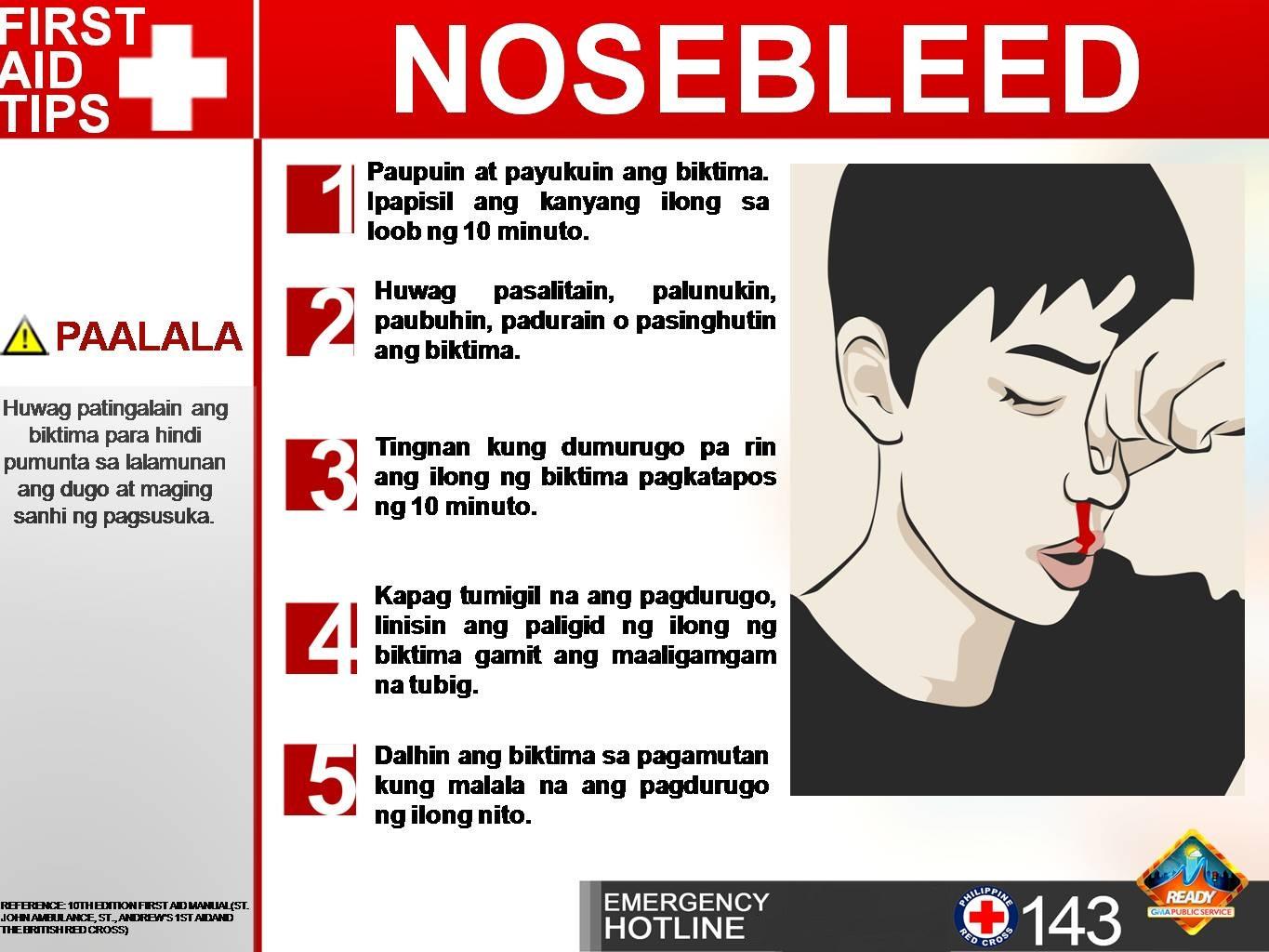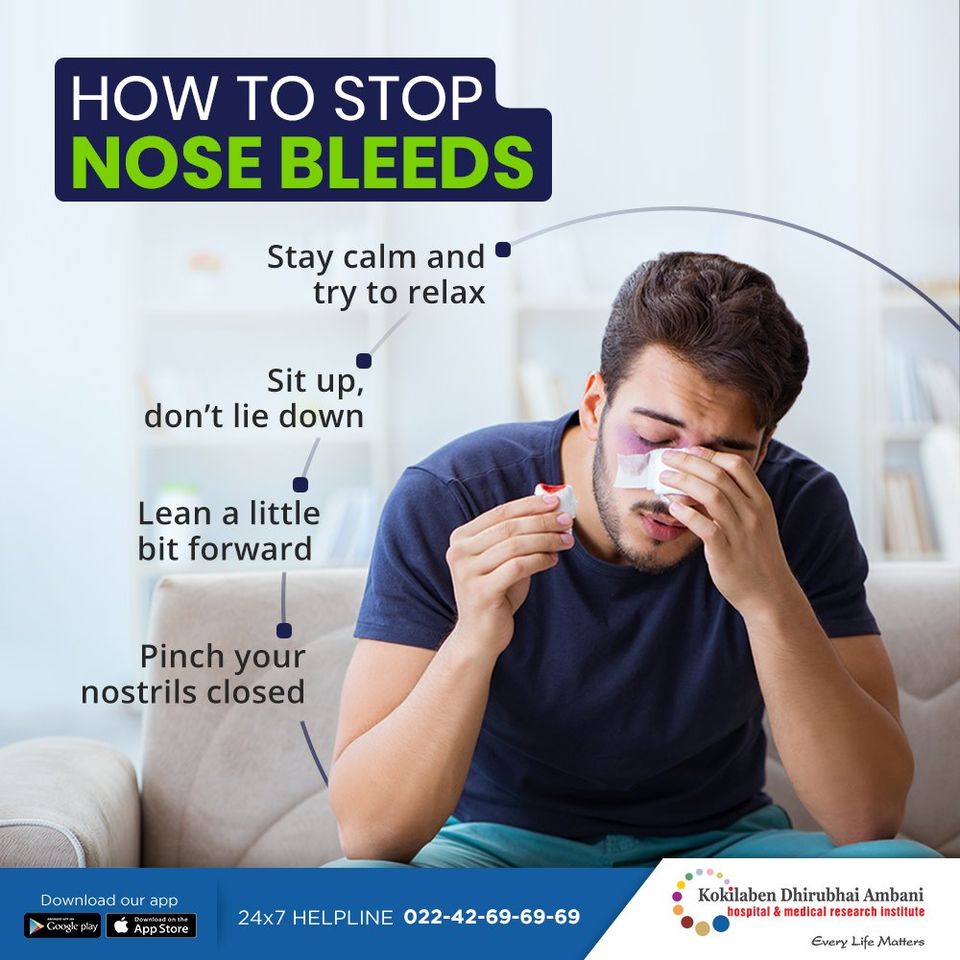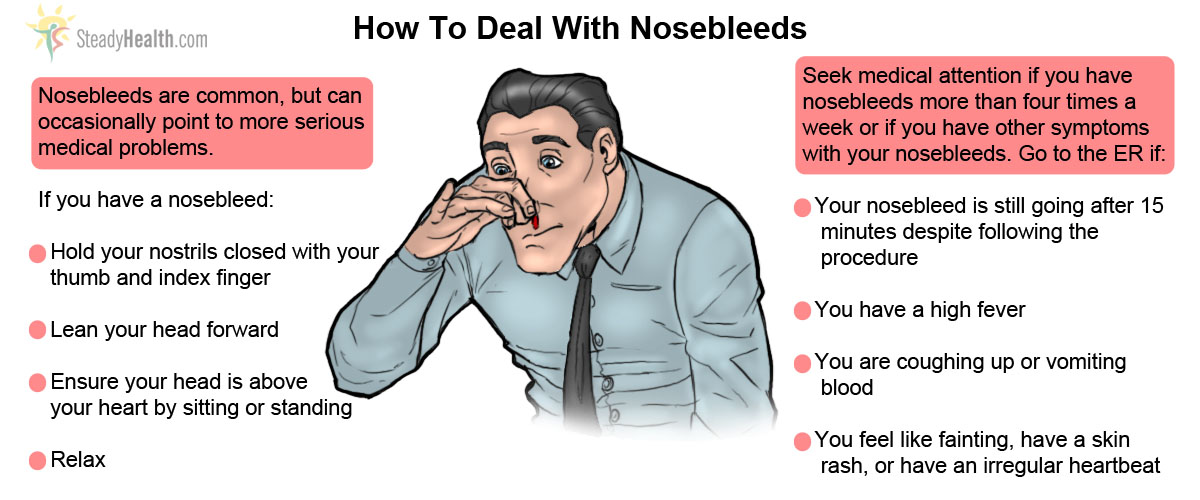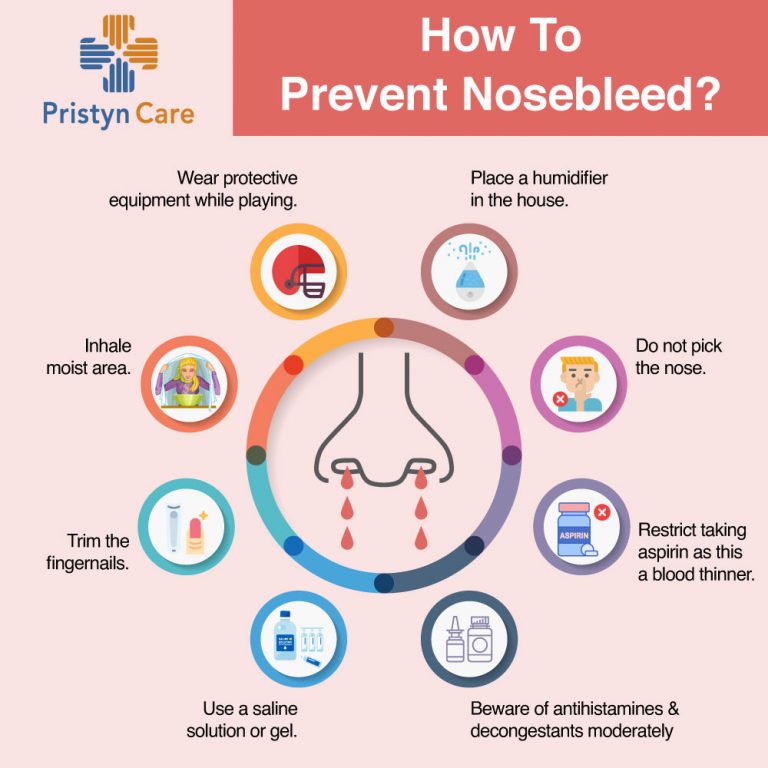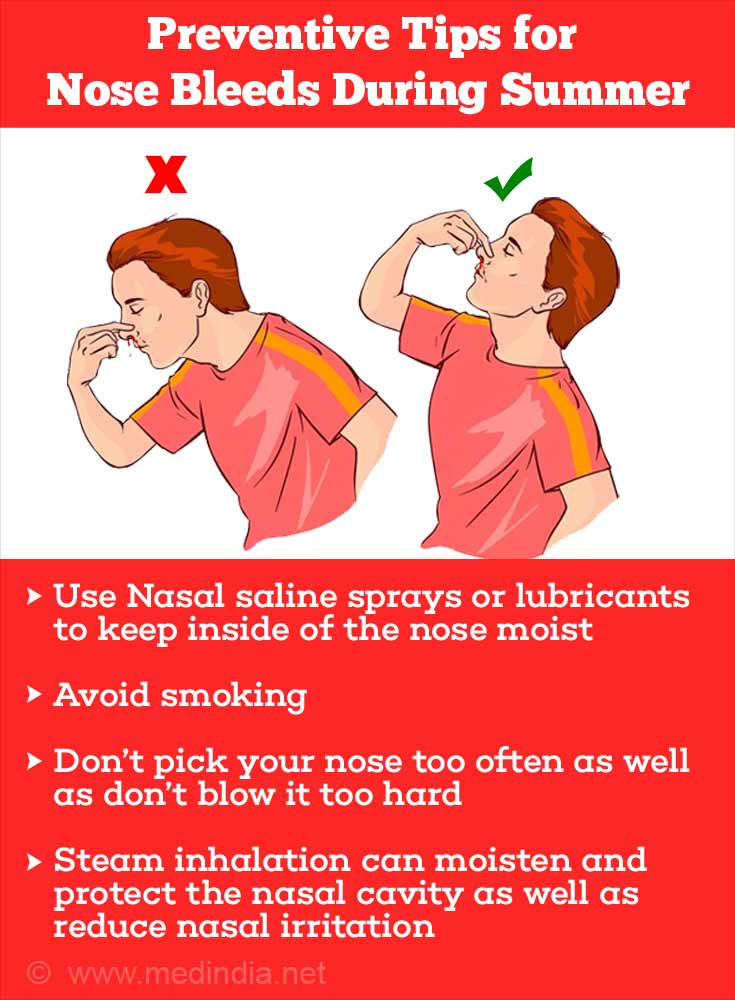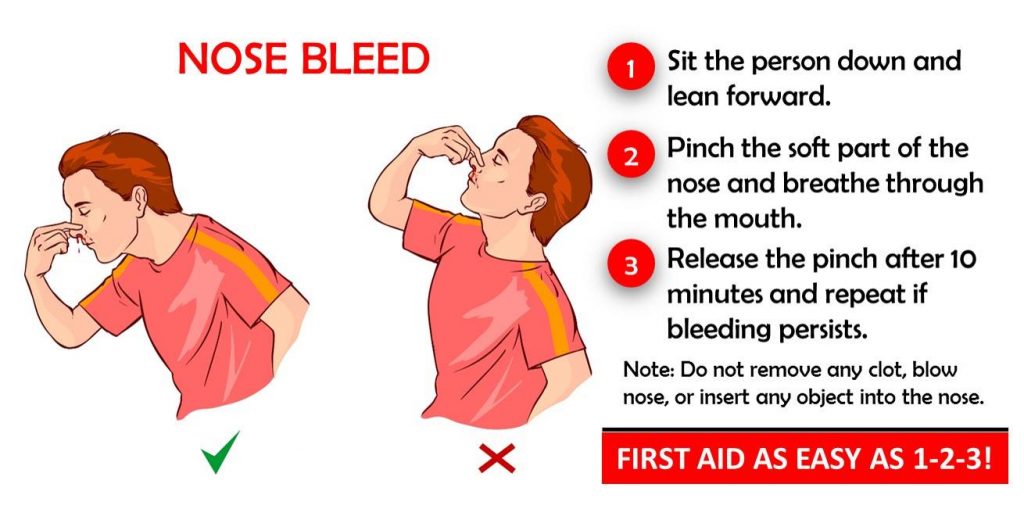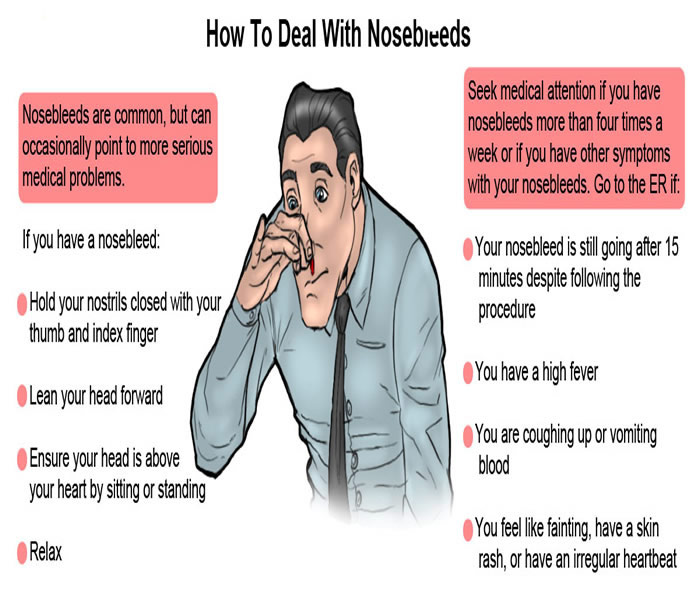Formidable Info About How To Deal With Nosebleeds

Read on to find out about treatments for different nosebleeds.
How to deal with nosebleeds. Lean forward so the blood doesn't go down the throat. It’s tempting to lean back when you have a nosebleed to keep the blood from dripping down your face. How to treat frequent nosebleeds.
Using your thumb and index finger, pinch the area close to the base of your nose (this is the soft, not. Having a bloody nose (also known as epistaxis ) can be unnerving, but in most cases nosebleeds are easy to stop and rarely serious. First aid advice bleeding nosebleeds nosebleeds a nosebleed is when blood flows from the nose.
To stop a nosebleed: Nosebleed treatment depends on the cause of the bleeding. If your child has frequent nosebleeds, make a point to moisturize the lining of the nose.
You can stop a nosebleed by sitting upright, pinching just below the bony part of your nose, and holding pressure for five minutes. Focus on breathing through your mouth instead of your. Get them to sit down (not lie down) as keeping the nose above the heart will reduce bleeding.
However, not everyone knows why they get it. Treatment for nosebleeds will vary depending on the type and cause of the nosebleed. To stop a nose bleed:
This prevents the blood from going down your throat, which could lead to choking or vomiting. Applying an ice pack or using a. Sit and lean forward (this will ensure that blood and other secretions.
This will clear any blood. Some people may experience recurrent nosebleeds or bleeding from their nostrils that need more intense. How to stop a nosebleed firmly pinch the entire soft part of the nose just above the nostrils.
If you do not have a serious issue that led to your nose bleed, you. Sit down at a table, lean forward and firmly pinch the soft part of your nose, just above your nostrils, for at least 10 to 15 minutes. Remedies include applying ice or pressure to the area.
There are three steps dr. You'll want to know how to. However, leaning slightly forward is the better choice.
Your healthcare provider will insert gauze, special. Get them to lean forward (not backwards), to. Obviously it is difficult to avoid trauma—most of us are already.


